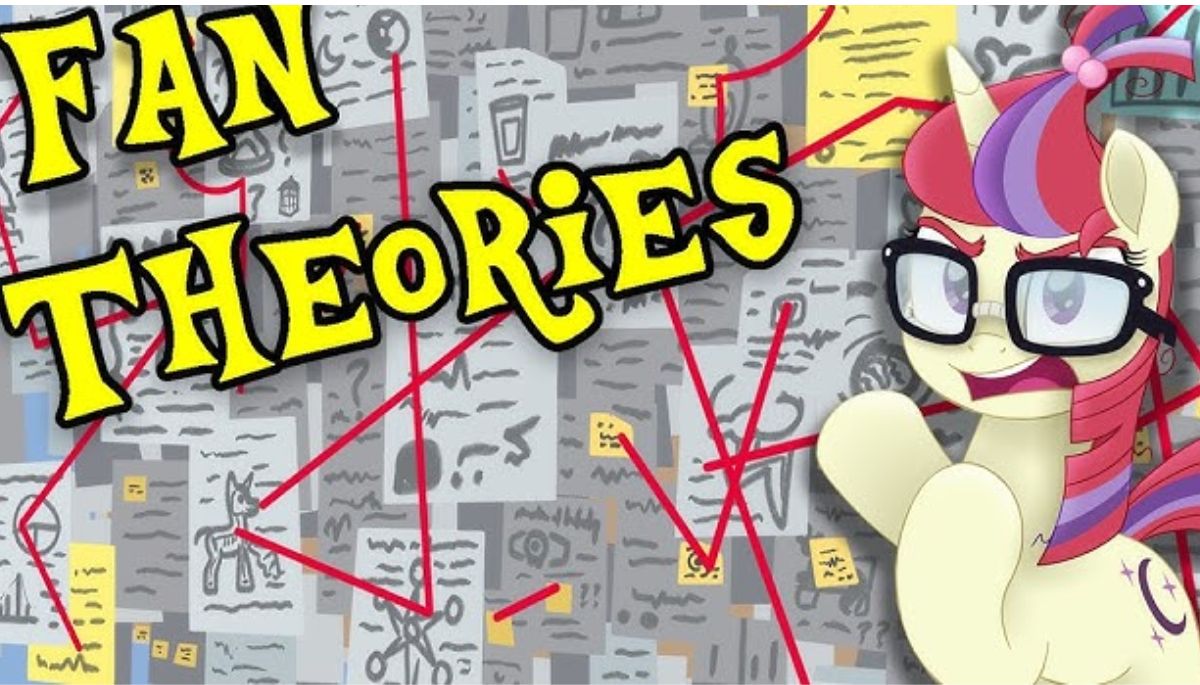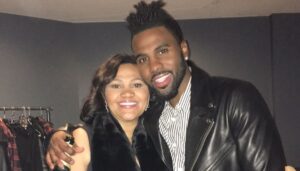In recent years, fan theories have exploded across social media platforms, transforming how audiences interact with their favorite movies, TV shows, and other forms of entertainment.
This phenomenon has far-reaching implications for both creators and consumers of popular culture, blurring the lines between passive viewership and active participation in storytelling.
The Evolution of Fan Speculation
While fan speculation has existed as long as fandoms themselves, the digital age has catapulted fan theories into the mainstream.
What once occupied niche spaces in fanzines now dominates social media feeds and entertainment news sites.
This shift reflects a broader change in how audiences engage with media, moving from passive consumption to active interpretation and creation.
Types of Fan Theories
Fan theories come in various forms, each serving a different purpose:
Mystery-Solving Theories: Attempt to unravel intentional puzzles within the narrative
Predictive Theories: Speculate on future plot developments
Plot-Hole-Filling Theories: Explain perceived inconsistencies in the story
Retcon Theories: Argue for alternative interpretations of established events
Head-Canon Theories: Propose fun, often unprovable connections between different works
The Double-Edged Sword of Fan Engagement
The rise of fan theories has both positive and negative implications for the entertainment industry.
Pros:
- Deepens audience engagement with content
- Encourages repeat viewings and analysis
- Creates buzz and free marketing for properties
- Fosters community among fans
Cons:
- Can lead to unrealistic expectations
- May overshadow the intended narrative
- Risks disappointing fans if theories aren’t realized
- Can blur the line between speculation and reality
Creators’ Response to Fan Theories
As fan theories have gained prominence, content creators have begun to adapt their approach.
Easter Eggs and Callbacks: Inserting subtle references to reward attentive viewers
Social Media Engagement: Directors and writers interacting directly with fans
Expanded Universes: Developing interconnected storylines across multiple properties
Ambiguous Endings: Leaving room for interpretation and speculation
The Fan Theory Industrial Complex
The popularity of fan theories has given rise to a cottage content creation industry.
- Entertainment news sites aggregating and amplifying theories
- YouTube channels dedicated to analyzing pop culture minutiae
- Podcasts exploring fan speculation and predictions
While this ecosystem can enrich the fan experience, it also risks overshadowing the original work and setting unrealistic expectations.
The Changing Nature of Media Consumption
Fan theories represent a shift in how audiences interact with media.
- Increased emphasis on “solving” narratives rather than simply experiencing them
- Growing expectations for interconnected storylines and hidden meanings
- Blurring of lines between canon and fan-created content
- Potential for fan theories to influence future creative decisions
Conclusion: A New Era of Audience Engagement
Fan theories have undeniably transformed the landscape of popular culture, fostering a more active and engaged audience.
While this shift brings exciting possibilities for creativity and community-building, it also presents challenges for both creators and consumers.
As the phenomenon continues to evolve, finding a balance between rewarding fan engagement and maintaining narrative integrity will be crucial for the future of storytelling in the digital age.





[…] bodybuilding community has seen several tragic losses lately, including 26-year-old Antonio Souza and Neil Currey, whose […]